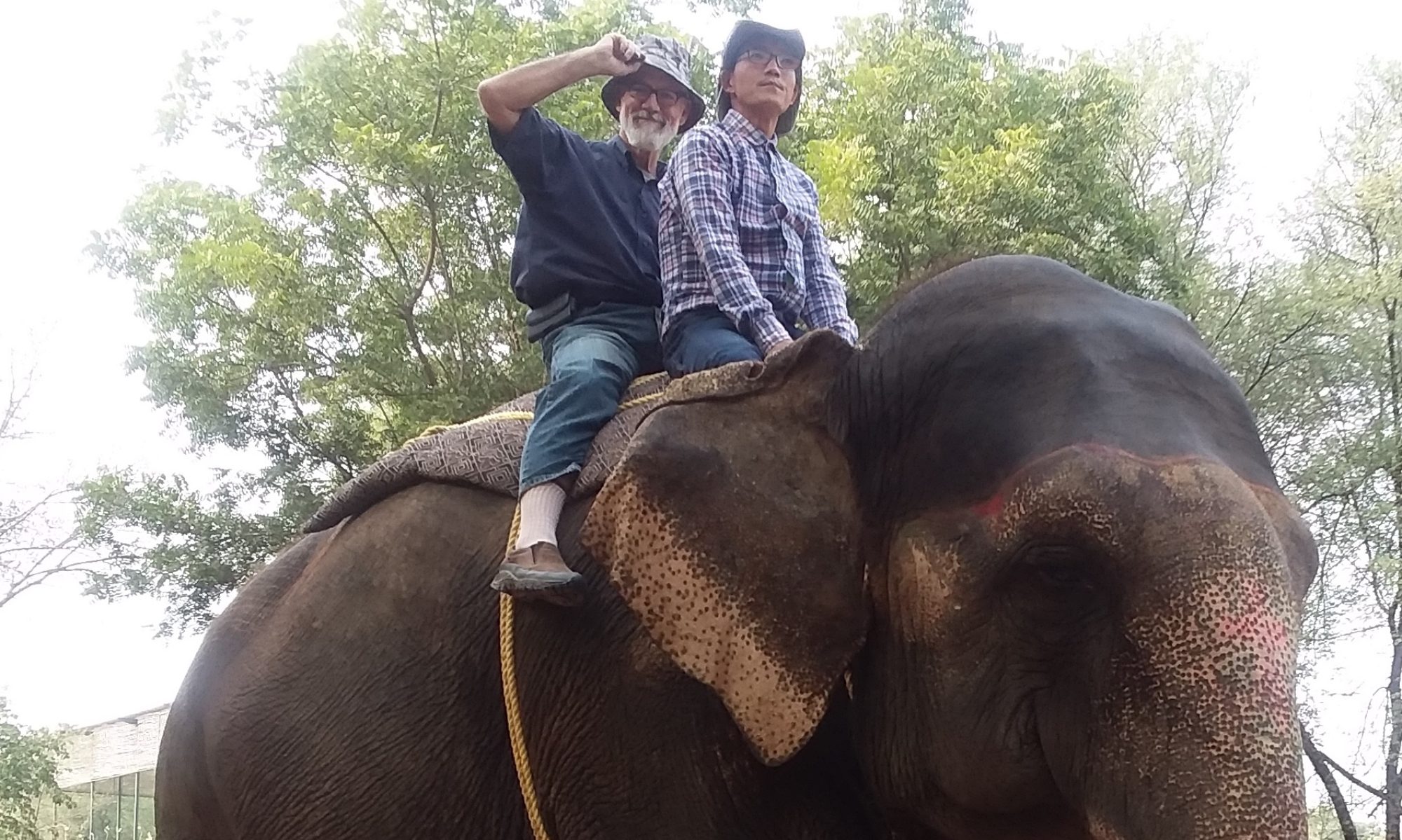
Now then, where were we?
Let’s see,…schoolchild…exciting details…ah, here it is: “romantic backstory”.
Seventeenth century Mughal Emperor Shah Jahan had seven wives but his favorite was Mumtaz Mahal “The Jewel of the Palace” as you can see for yourself.

After she had their 14th child(!) she died. Shah Jahan was sad. Possibly sadder than anyone ever was. He would never forget her – and he was determined that neither would anyone else. He vowed that he would build Mumtaz Mahal the finest tomb anyone ever saw.
For 22 years, 22,000 workers, craftsmen and artisans worked, crafted and whatever the verb for artisan is. The result wasn’t just the finest tomb in India, it was The Most Beautiful Building in the World. And the world has not denied it. This probably bummed out the previous “Most Beautiful Building in the World” title holder. Which also happened to be in India. (More on that another time.)
Unafraid of repeating myself, I strongly recommend you hire a guide at tourist traps. Aziz charged us about $20 for which we received $8 in fun facts and at least $50 worth of zipping us to the front of many long, hot, long, long lines. Then Aziz escorted us into the Taj Mahal itself. There, in hushed tones, he reverently informed us that photography is not allowed. So I offer you this drawing by an actual eye-witness.

Once outside, Aziz told us that during World War II, they draped the entire dome to camouflage it from landmark-hungry Japanese bombers. In fact, the unsightly drapery hooks are still there – just in case.


Also outside is a digital display showing how clean the air is now that the government has forbidden any air-polluting, landmark-corroding industry anywhere near Agra. (Did I mention the Taj Mahal is in Agra? Another fun fact for you! Whee! But enough fun, back to the romantic backstory.)
The Shah was so pleased with the job his workers had done that when they held out their right hands for their pay, he chopped them all off so they could never build any more “Most Beautiful Buildings in the World.” At least that’s what one knowledgeable driver leaning against his rickshaw told me. Another one said he chopped off their heads too, just to make sure. I suggested that maybe he shot their remains into a brick wall just to make double sure and they both agreed that’s exactly what happened.
Our guide then took us to a fine marble craft shop. There, the owner related a somewhat more plausible story.

He said the workers were rewarded handsomely for life but were forbidden to continue their trade. Not a bad deal, but being artisans, they had to find some outlet for their talent. And guess what? (Here my jaw grew slack and a hayseed slowly emerged from my mouth.)
“Whut?” sez I.
“In this very shop,” sez he, “resides the great-great-great-great-great grandson of the original Master Craftsman of the Taj Mahal!”
“Where?! Where?!” sez I.
“Here before you! I AM HE!” So astounded were we at this sudden blurt of confidentiality that my friend Daniel and I couldn’t help but purchase many American dollars worth of genuine, handcrafted doo-hickies.

We left happy and amazed at our remarkably good tourist luck. I guess word got out that we were a couple of live ones. Next thing I knew, I had a python around my neck.


Let me know Best eCiggy vape store located in 108 E Main St sells e-juice manufactured by Drip Wich eJuice? I have tried sending them an email at at avapelife@gmail.com